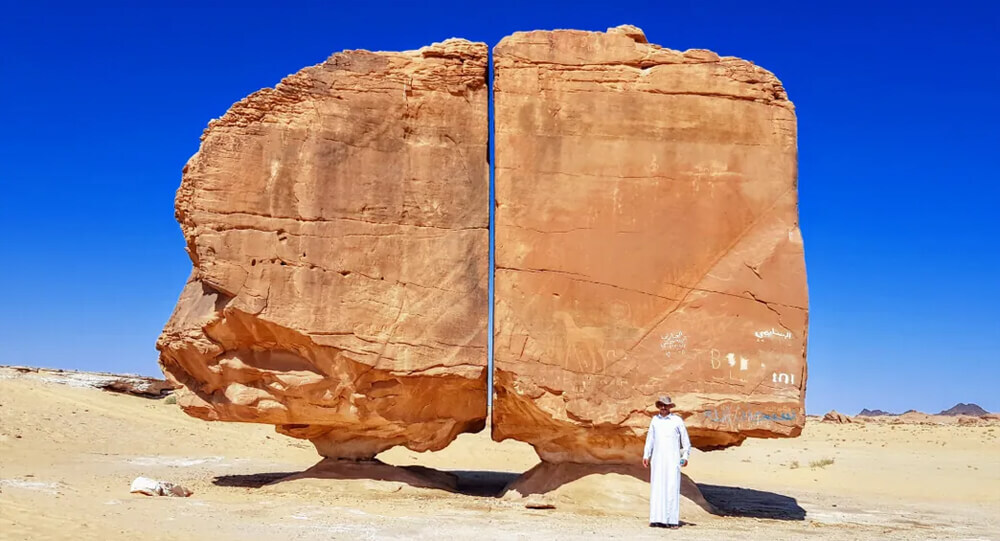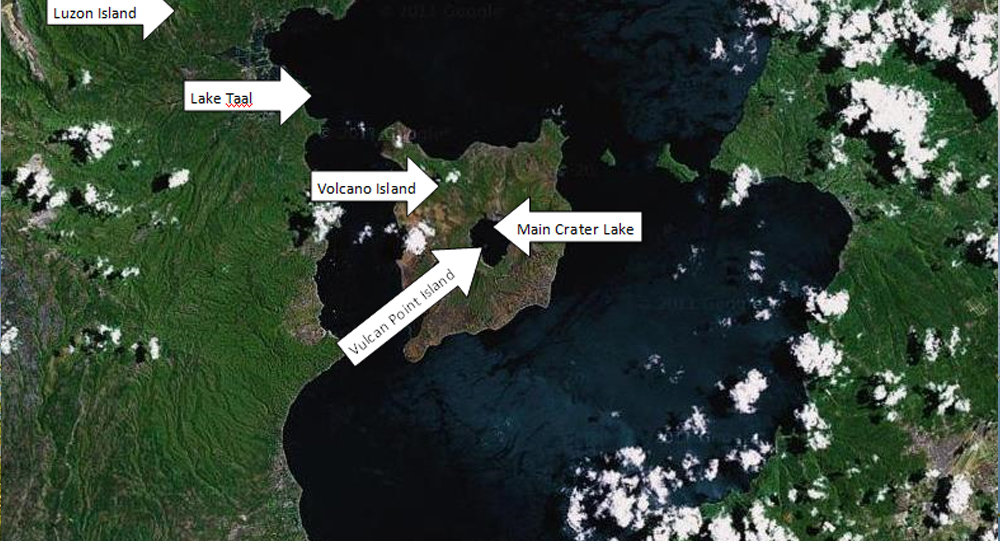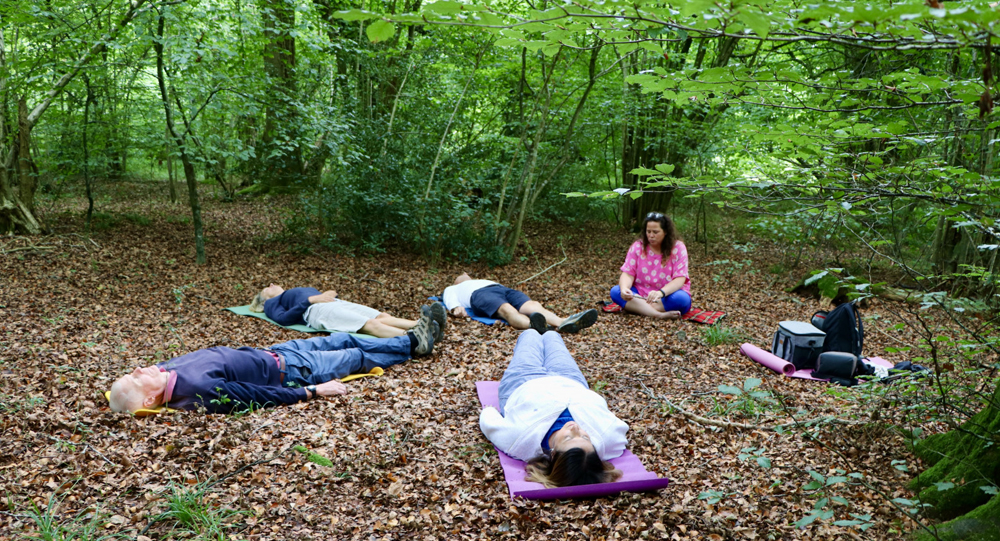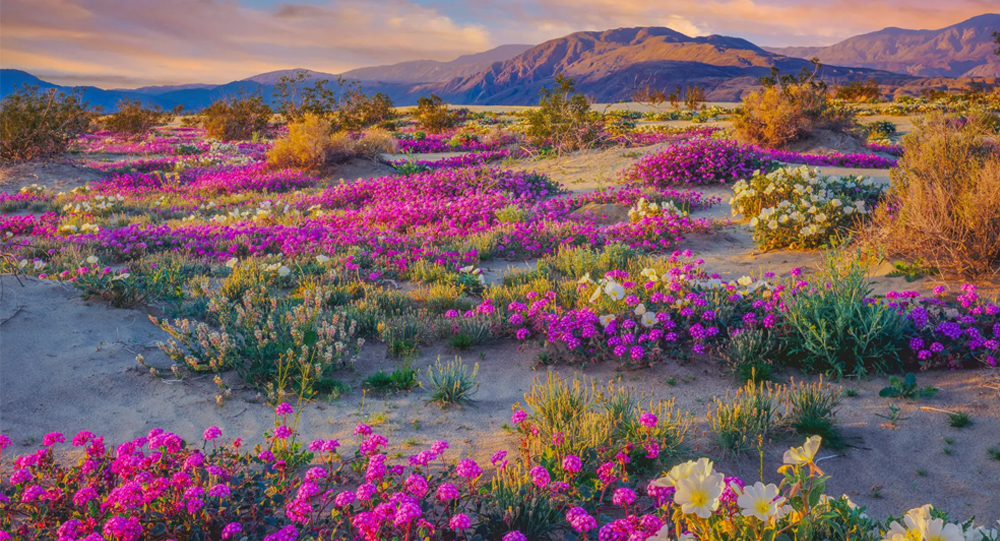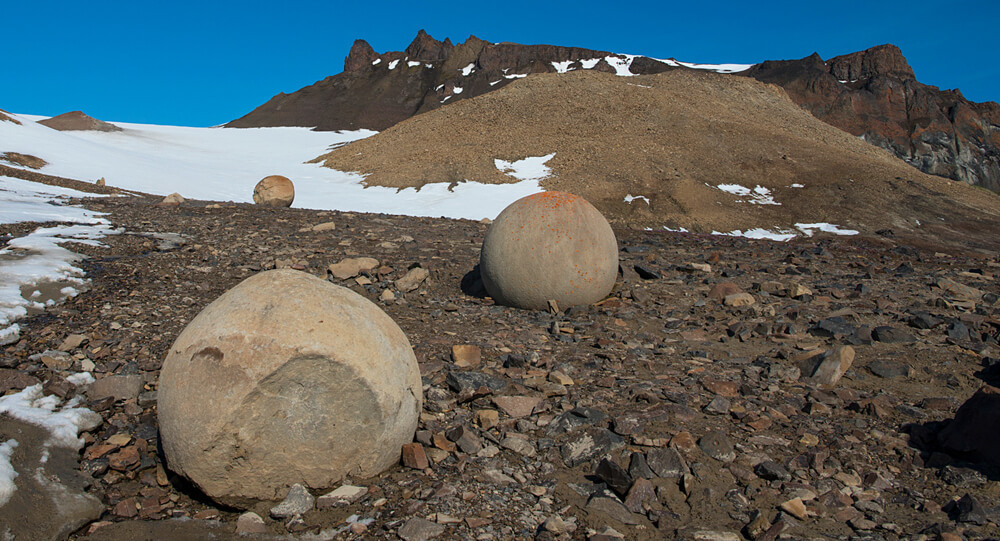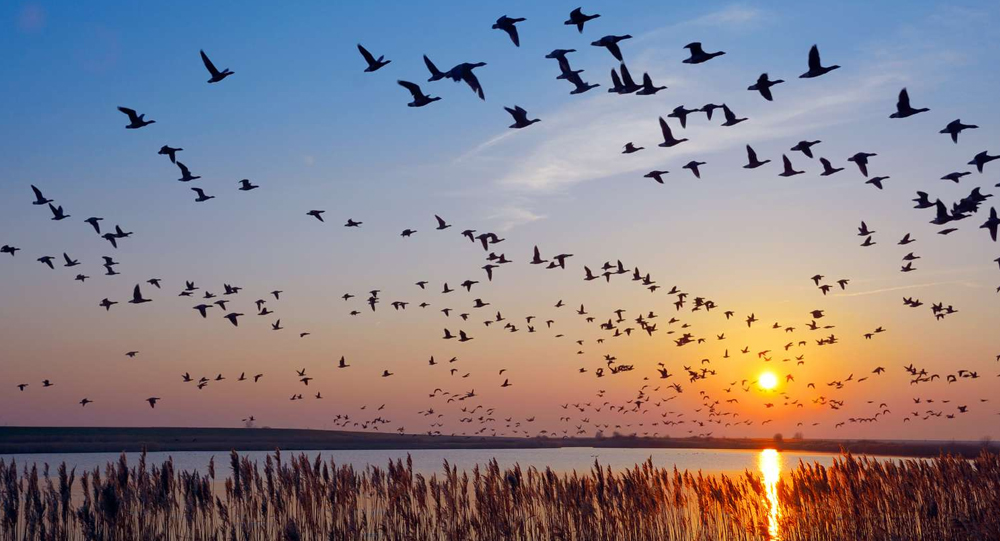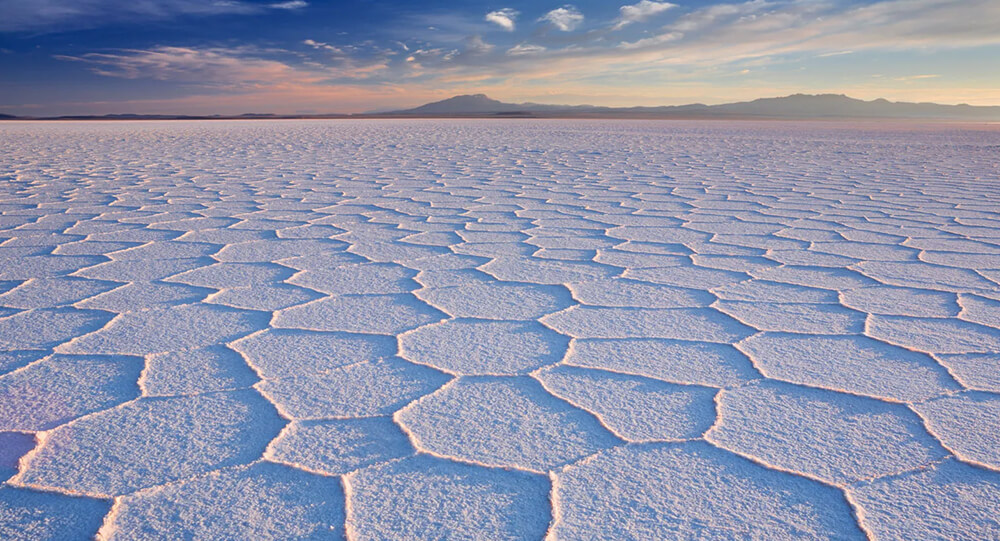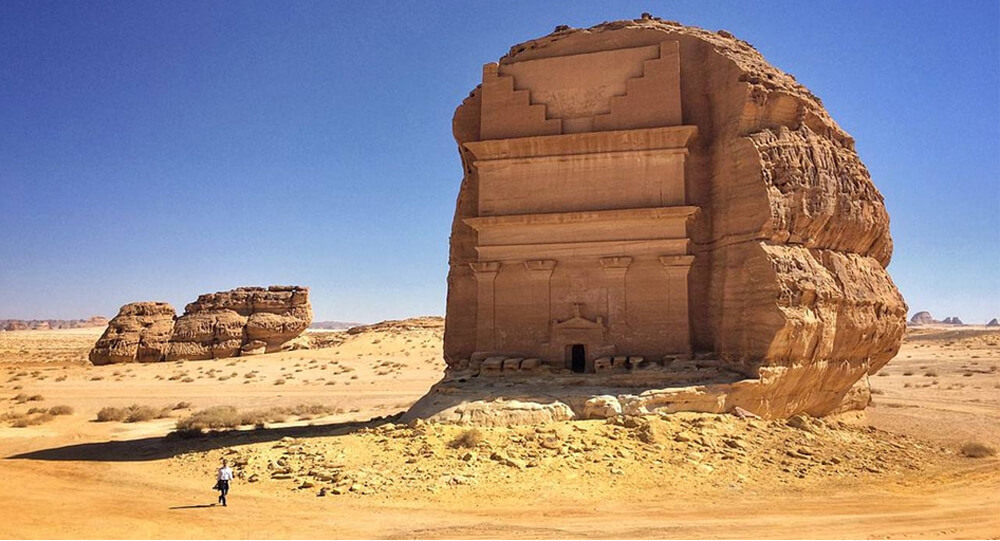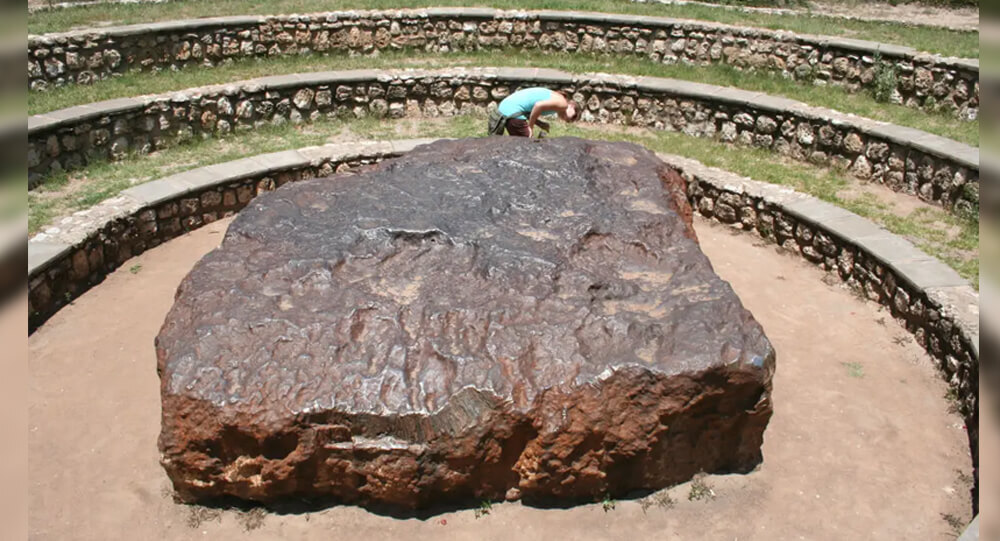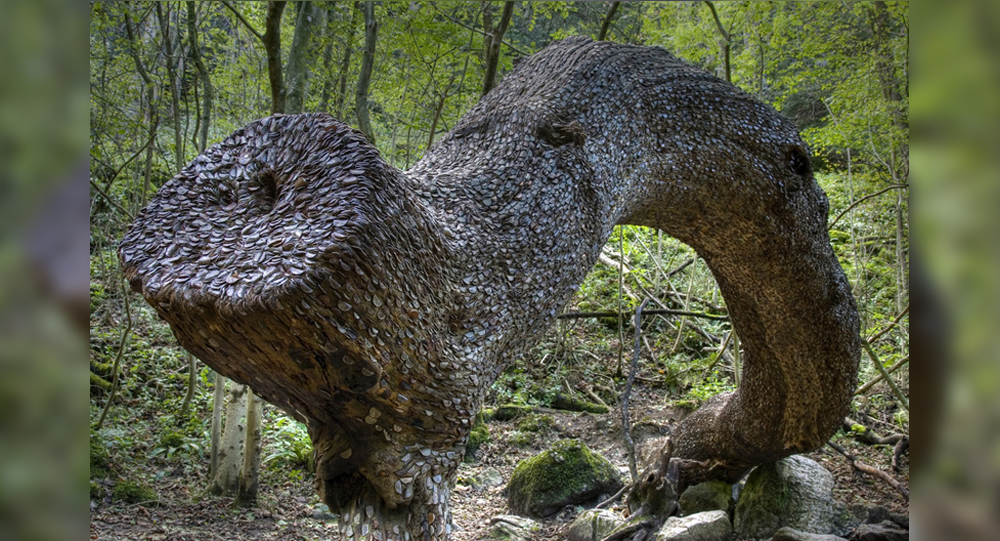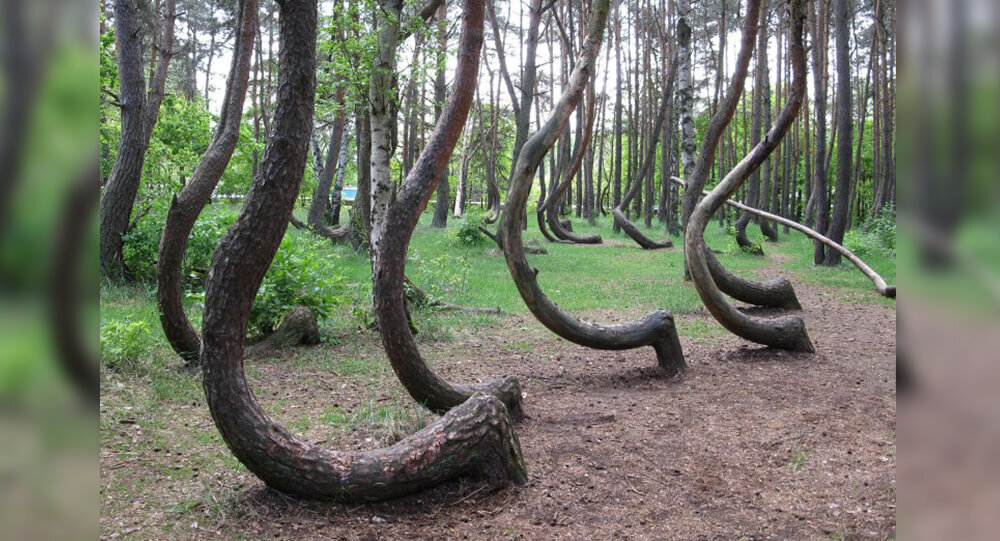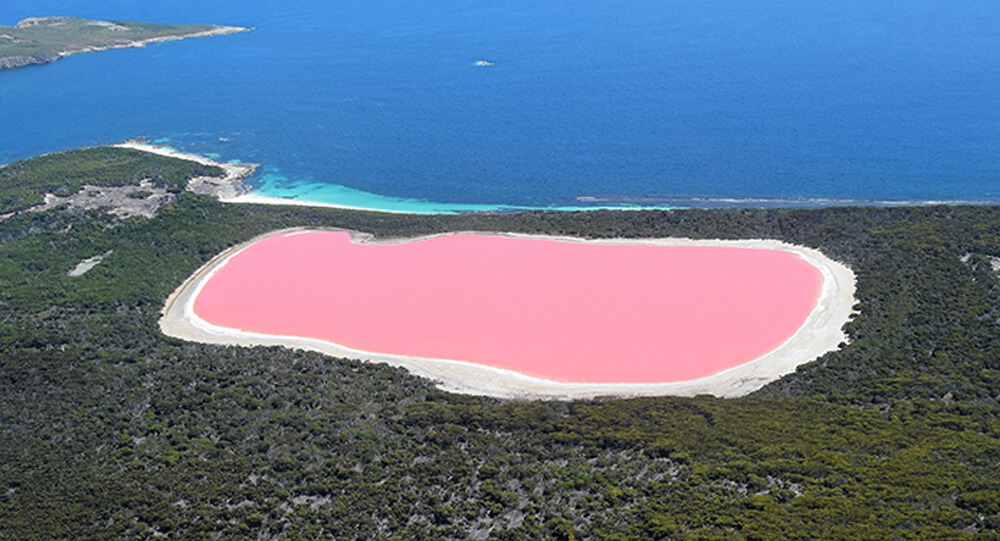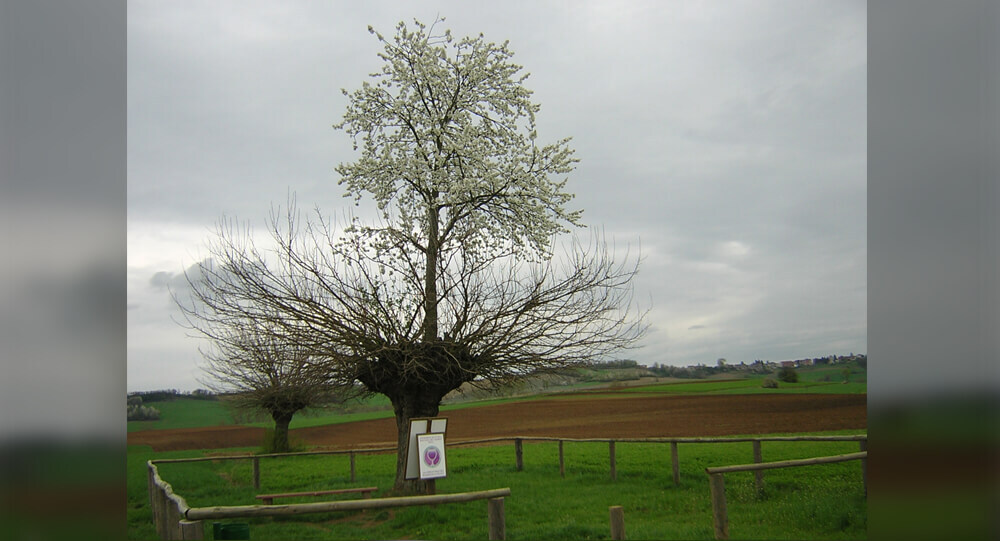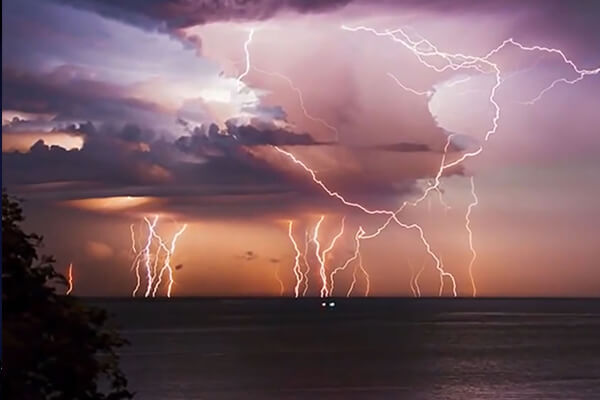
The story of Ebenezer Place begins in 1883 when entrepreneur Alexander Sinclair returned to Wick after making his fortune in America. Sinclair built Mackay’s Hotel on the corner of Union Street and River Street, a prominent intersection in the town. The hotel featured a quirky architectural detail: a narrow frontage at the extreme corner of the building, barely wider than a doorway.
Town officials insisted that this tiny stretch needed an official street name, both for postal and legal purposes. Sinclair, or the town council, selected the name Ebenezer Place, and it quickly appeared in town records by 1887, officially recognizing the street despite its minuscule size.
Guinness World Record Recognition and Global Fame

Though Ebenezer Place existed officially for a century, it wasn’t until 2006 that the Guinness Book of World Records formally recognized it as the world’s shortest street, measuring just 2.06 meters (6 feet 9 inches) long. This recognition came after the opening of a small bistro using the address No. 1 Ebenezer Place on the hotel’s narrow facade.
Before Ebenezer Place took the record, Elgin Street in Bacup, England—at a length of 5.2 meters—was considered the shortest street in the world. The quirky designation of Ebenezer Place captured the public imagination, bringing visitors and tourists keen to witness the world’s tiniest street.
What’s It Like to Visit Ebenezer Place?

A visit to Ebenezer Place is a brief but memorable experience. It might be tempting to dismiss it as a mere curiosity, but standing there, you appreciate the intersection of history, local character, and urban planning bureaucracy that gave birth to such an anomaly.
The street consists entirely of the hotel’s narrow façade, with no room for other businesses or homes. The address corresponds to the entrance to the hotel’s bistro, making it simultaneously functional and whimsical.
Visitors often combine the stop with meals at Mackay’s Hotel’s No1 Bistro and a stroll through the scenic town of Wick, immersing themselves in local Highland culture. The street also connects Union Street and River Street, making it a tiny but official passage.
Fun Facts and Trivia About Ebenezer Place
- Ebenezer Place is only 2.06 meters (6 feet 9 inches) long—roughly the length of two average adult men lying head to toe.
- It holds a unique claim as the only street with a single official address: No. 1 Ebenezer Place.
- Alexander Sinclair, the hotel’s builder, is said to have made his fortune in America before returning to Wick to build Mackay’s Hotel.
- The street’s official recognition by Guinness took more than 100 years after it was first named in 1887.
- The Guinness World Record adjudicator, Craig Glenday, traveled through harsh Scottish weather to personally measure and confirm the record in 2006.
- The house in question, Mackay’s Hotel, offers visitors a chance to stay “on the world’s shortest street.”
- Ebenezer Place’s claim to fame has helped promote tourism and local pride for the town of Wick.
- The name “Ebenezer” means “stone of help” and has biblical origins, reflecting the era’s naming conventions.
A Small Street with a Big Story
Ebenezer Place in Wick, Scotland, is a charming reminder that size is not everything. This tiny street’s world record and fascinating backstory make it a delightful footnote in urban geography and a shining example of how even the smallest spaces can hold a big place in history.
Whether you’re a world record enthusiast, a Scottish traveler, or someone curious about the oddities of human settlements, Ebenezer Place invites a quick visit and a memorable photo opportunity. After all, it’s not every day you get to say you’ve walked on the world’s shortest street.
If this tiny slice of Scottish history captivated you, share this article to spread awareness of one of the quirkiest and most lovable world records.
Sources & Further Reading:
- Mackays Hotel: The World’s Shortest Street
- Wikipedia: Ebenezer Place, Wick
- Guinness World Records: Shortest Street Record
- TripAdvisor: Visitor Reviews of Ebenezer Place
- Saiga Tours: Shortest Street in the World
These sources provide detailed historical context, measurements, and visitor insights into Ebenezer Place’s unique claim and enduring appeal.

Why Londoners Celebrate No Trousers Day by Riding the Metro Without Pants
Every year, Londoners participate in a quirky and joyful tradition known as No Trousers Day, where brave commuters board the London Underground dressed normally but without trousers, pants, or pajamas from the waist down. This cheeky event brings laughter, surprises, and a shared sense of community to the usually dull winter commute, reflecting a playful rebellion against the mundane and a celebration of spontaneity. Discover the origins, spirit, and fun behind London’s beloved No Trousers Tube Ride.

Sandy Island: The Phantom Island That Fooled Maps and Google Earth for Centuries
Sandy Island, charted since 1774, was long considered a phantom island in the Coral Sea. Despite appearing on maps and Google Earth, it was "undiscovered" by scientists in 2012, revealing only deep ocean instead of land. The island's existence was likely a cartographic error or a misidentified pumice raft.

How Sweden’s 300,000 Oak Trees Became an Unintended Legacy: The Naval Forest That Outlived Wooden Warships
In the 1830s, Sweden planted 300,000 oak trees for the purpose of building naval ships. However, by the time the trees matured, metal warships had replaced the need for wooden ones. The forest still stands to this day.

Darwin's Arch collapse
According to news sources, the top of Darwin's Arch, a famous natural stone archway in the northern Galapagos Islands, has collapsed into the waves.

How Were the Two Parts of the Al Naslaa Rock Formation Created?
Scientists have been puzzled by the Al Naslaa rock formation in Saudi Arabia for a long time, and there is still no explanation for why this boulder appears to have a precise incision across the middle of it.

Mystery SOLVED: blood Rain in India
The dissemination of spores of microalgae has been identified as the origin of the 'Blood Rain' phenomena, according to a new study by Indian and Austrian experts. Since 1896, reports of intermittent red-colored rain in portions of Kerala and Sri Lanka have been coming in. The most recent one occurred in 2013 over Kerala.

Xiaozhai Tiankeng: Exploring the World’s Deepest and Largest Natural Sinkhole
Hidden in the rugged terrain of Chongqing, China, lies Xiaozhai Tiankeng—the world’s deepest and largest natural sinkhole. Known as the “Heavenly Pit,” this colossal natural wonder plunges between 511 and 662 meters deep and stretches over 600 meters wide, dwarfing many familiar landmarks. This article journeys into the geological origins, unique ecosystem, and mysterious caverns beneath Xiaozhai Tiankeng, revealing a spectacular glimpse into Earth’s hidden landscapes.

Taal volcano: The Island in a Lake on an Island in a Lake on an Island
Lake Taal, on the island of Luzon, in the Philippines archipelago's northernmost reaches, is unique. It's now one of just two lakes in the world with a third-order island within it, with the lake itself being a part of the order. In other words, Lake Taal, which is located on the island of Luzon, has a volcano (Volcano Island), a lake (Crater Lake), and its own little island (Vulcan Point).

The Benefits of Forest Bathing and Why It’s Gaining Popularity Worldwide
Forest bathing, or Shinrin-yoku, is an immersive practice of spending mindful time in natural forest environments, and it’s rapidly gaining global popularity due to its proven health benefits. From reducing stress and lowering blood pressure to boosting immunity and enhancing mental wellness, forest bathing offers a natural and accessible way to reconnect with nature and improve overall well-being. Explore the science, sensory experience, and rising trend behind this soothing practice.

The Desert That Turns Into a Garden of Flowers Every Few Years
In parts of the desert where life seems most scarce, nature orchestrates an extraordinary transformation: the barren ground bursts into vibrant colors as wildflowers bloom after rare periods of rain. This phenomenon, known as a desert superbloom, is both awe-inspiring and scientifically fascinating. Learn how deserts like the Sonoran transform from arid landscapes into stunning floral displays, the environmental triggers behind this spectacle, and what these blooms reveal about resilience and adaptation in extreme environments.

Top 10 Mysterious And Least Explored Places On Earth
Some people believe that there is nothing unexplored remaining on earth but the world doesn't cease to surprise us with its mysteries. Today I'll tell you about the lost places of the planet and animals that live only there.

The Mystery of Canada's Magical Spotted Lake
Lake Khiluk, the world's most mineralized lake, and one of the most mysterious places on Earth. Each of these spots has a distinct chemical content and is said to cure various diseases.

The mysterious GIANT spherical stones
Mysterious spherical stones ranging in size from a few millimeters to several meters have been discovered in Crimea, United States, Russia, and New Zealand. There are many theories from various geologists, but none of them are clear.

How Migratory Birds Navigate Thousands of Miles Without Getting Lost
Migratory birds undertake epic journeys spanning thousands of miles with astonishing precision, never losing their way. Their secret lies in a remarkable blend of innate senses, learned experience, and sophisticated navigation tools—ranging from the Earth's magnetic field to celestial clues and mental maps. Explore how these feathered travelers accomplish one of nature's most astounding feats through science, intuition, and adaptation.

The world's largest salt flat, can be seen in space
At 10,582 square kilometers (4,086 sq mi), the Salar de Uyuni (or Salar de Tunupa) is the largest salt flat in the world. It is located in the Potosi and Oruro departments in southwest Bolivia, near the crest of the Andes, and is elevated 3,656 meters (11,995 ft) above the mean sea level.

Qasr al-Farid, the Lonely Castle of the Nabataeans
The remote tomb of Qasr al-Farid, situated in the Saudi Arabian desert, dates back to the 1st Century CE. It was built by the Nabataean people, who also built Petra in Jordan. This site has remained largely undisturbed.

Top 6 Largest Meteorites Ever Found on Earth
When space meteorites hurtle towards Earth, they frequently burn up in the atmosphere before reaching us. Those that burn up become meteors - or shooting stars.

The Mystical Money Tree of the Scottish Highlands: A 1,700-Year-Old Tradition
In the Peak District Forest of the Scottish Highlands in the UK, there is a unique tree which is laden with only money. This tree laden with money has been studded with British coins for 1700 years, there is no corner of its trunk where a British coin is not stuck.

The story behind Glasgow's iconic Duke of Wellington statue and its well-known traffic cone hat
The city of Glasgow spends approximately £10,000 every year to remove traffic cones from the head of the Duke of Wellington statue. The Duke of Wellington statue, which first appeared in the early 1980s, has worn an orange traffic cone hat for decades. but how did it get there - and more importantly how did it stay?

Poland's Krzywy: The Mysteries of the Crooked trees
In Poland, there is a forest with 400 crooked trees that have a 90-degree bend at the base of their trunks. Despite of numerous possibilities, the real reason and how it evolved remain a mystery.

What is secret behind the Australia’s mysterious pink lake?
Lake Hillier in Australia maintains a bright pink hue all year round. Although no one knows for sure what causes the unique coloring, experts speculate that it might be the result of high salinity, a pink bacteria called “halobacteria,” and a salt-loving algae species called Dunaliella salina.

How European Rabbits Took over Australia
In 1859, wealthy settler Thomas Austin released 13 wild rabbits on his Australian estate. By 1920, their population grew to 10 billion.

The Unique Grana Double Tree of Piedmont, Italy
The “Grana Double Tree” in Piedmont, Italy is a highly unusual tree, which consists of a cherry tree growing atop a mulberry tree. It is essentially a two-species, two-tiered hybrid duplex.

8 most amazing natural phenomena on earth
Nature is elusive and unpredictable, and the unexplained manifestations of its influence often leave us speechless. Though you might believe that shifting rocks and blood-colored rain are a prank or a magical phenomenon, science has an explanation for (almost) anything.

Mill Ends Park, the Smallest Park in the World
Portland, Oregon is home to the tiniest park in the world, a two-foot-diameter circle. Mill End Park is the name of this park.




